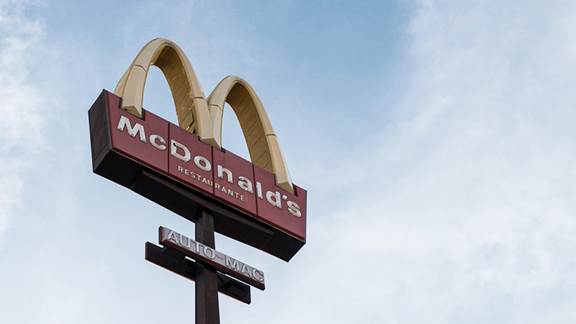Last week, McDonald's acquired personalisation startup ‘Dynamic Yield’ for a reported $300m, making it one of the largest acquisitions in their history.
Dynamic Yield use Machine Learning to provide retailers such as Ikea and Sephora with algorithmically driven ‘decision logic’ technology. ‘Decision logic’ is the technology that powers online recommendations, think of the ‘customers also bought’ nudge you recieve when you add something to your basket.
With the continued blur of online and offline commerce, retailers are coming alive to the opportunity of implementing these personalised shopping experiences in their physical stores. Harnessing this technology, McDonald’s ambition is to transform their millions of restaurants from static franchises to localised businesses that dynamically flex around their customers changing needs and tastes. The installation of hundreds of digital screen displays offer the most noticeable groundwork being laid in restaurants.
Digital screens have replaced printed menu boards and posters around their buildings. Large touchscreen kiosks have landed on store floors allowing customers to self-serve and pay. Even the McDonald's ‘Click and collect’ app has placed itself as a viable alternative touchpoint to order from.
